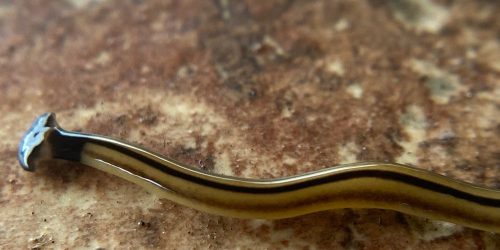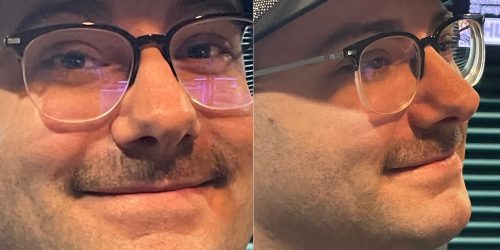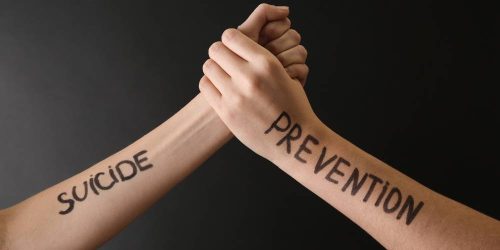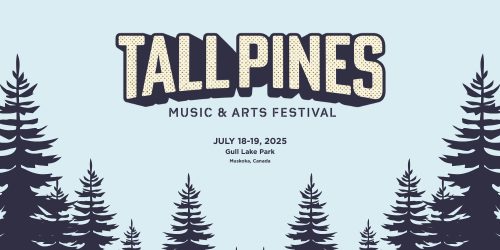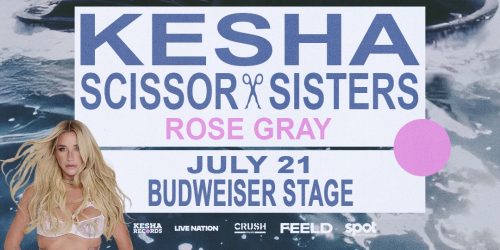November 8th is Indigenous Veterans Day
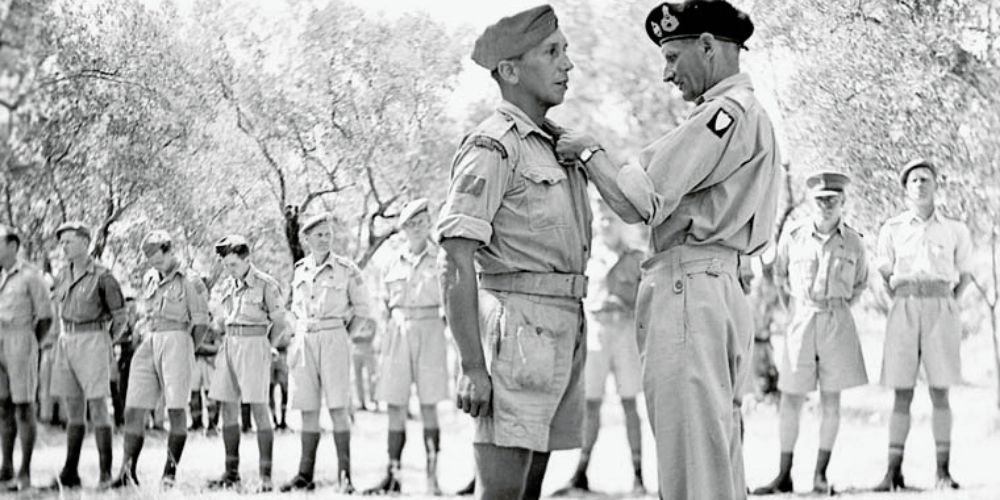
During the First World War, more than 4,000 Indigenous people in Canada served in uniform.
In the Second Word War, over 3,000 First Nations members, as well as an unknown number of Métis, Inuit and other Indigenous recruits, had served in uniform.
There are many stories of courage and skill of Indigenous military members. For instance, Henry Louis Norwest, a Métis from Alberta, was one of the most famous snipers of the entire Canadian Corps. He held a divisional sniping record of 115 fatal shots and was awarded the Military Medal and bar for his courage under fire during the First World War.
Some of the stories of Indigenous soldiers, though, were hidden for decades because their roles were military secrets.
Cree Code Talkers
Cree Code Talkers were Canada's "secret weapon" in the Second World War. Charles 'Checker' Tomkins was a Métis man from Alberta who spoke Cree. He joined the military in 1940. And, after six months of training, he was sent to Britain. One day, he was summoned by the Canadian High Command for a top secret mission. Tomkins was to join the Cree Code Talker Program for the Air Force.
Cree Code Talkers received messages and translated them into or out of Cree, a language the Germans did not know. This way, the messages remained secret. But, this was not a role that Cree code talkers were allowed to talk about. It was Top Secret. Tomkins did not even tell his family until he was 85 years old.
Learn more about Charles 'Checker' Tomkins in the short film Cree Code Talker.
,
Image: Library and Archives Canada PA-130065. / "Huron Brant receiving his Military Medal in Italy"
Huron Brant, a Mohawk from Ontario, earned the Military Medal for his courage while fighting in Sicily.
Beat FOMO by being in the know!
Sign up for our newsletter today and never miss a beat.

